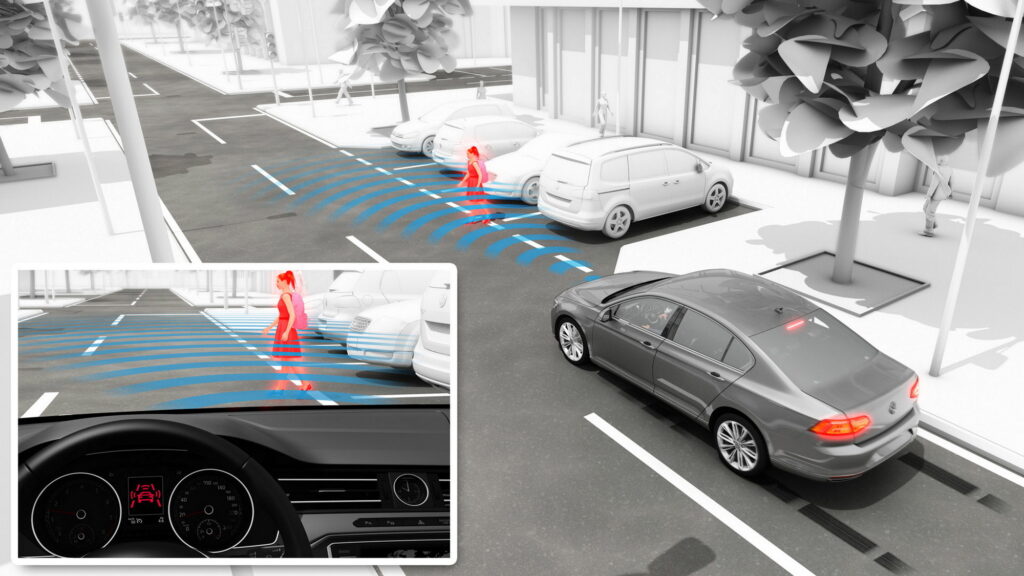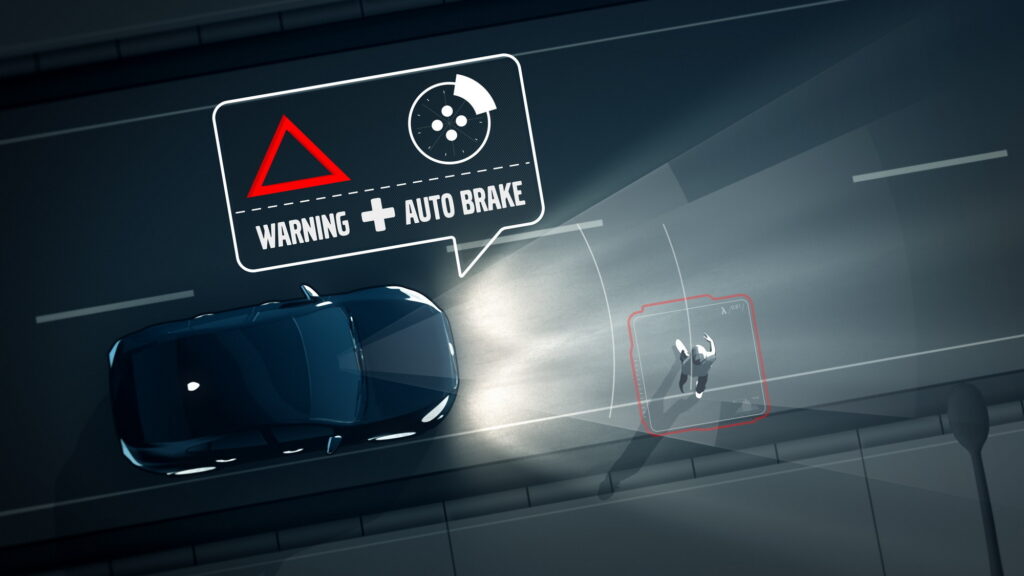The National Highway Traffic Safety Administration (NHTSA) has proposed new rules that would require nearly all light vehicles in the U.S. to be equipped with an Automatic Emergency Braking (AEB) system. The federal organization predicts that the move would save more than 360 lives per year.
“Today, we take an important step forward to save lives and make our roadways safer for all Americans,” U.S. Transportation Secretary Pete Buttigieg said. “Just as lifesaving innovations from previous generations like seat belts and airbags have helped improve safety, requiring automatic emergency braking on cars and trucks would keep all of us safer on our roads.”
As proposed, the rules would require automobiles with a gross vehicle weight of less than 10,000 lbs (4,536 kg) to feature an AEB system within three years of the publication of the final rule, which is now set to undergo a 60-day public comment period before being finalized.
Read: U.S. Regulators Propose New Tests For Pedestrian Safety Tech

Automatic Emergency Braking systems apply the brakes automatically when the vehicle determines that a collision is imminent. That can help avoid a crash entirely, or can at the very least reduce its severity. Although as many as 90 percent of new vehicles in the U.S. are equipped with an AEB system, regulators want to set minimum standards to improve their effectiveness, especially at night.
“We’ve seen the benefits of the AEB system in some passenger vehicles already even at lower speeds, and we want to expand the use of the technology to save even more lives,” said Ann Calson, NHTSA’s chief counsel. “That’s why our proposed rule would require all cars to be able to stop and avoid contact with a vehicle in front of them up to 62 miles per hour.”
In addition, new vehicles would also need pedestrian AEB systems. The rules would also require that this technology be able to recognize pedestrians and avoid them, even at night. All cars will be required to be able to avoid a pedestrian at a speed of up to 37 mph (60 km/h), the Associated Press reports.
The new rule is being introduced as part of the Department of Transportation’s National Roadway Safety Strategy, which was launched to address what it describes as a “crisis in traffic fatalities and serious injuries.”
NHTSA predicts that its new proposed rule will save nearly one life per day, and will reduce injuries by at least 24,000 annually.









